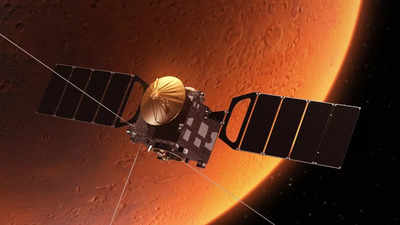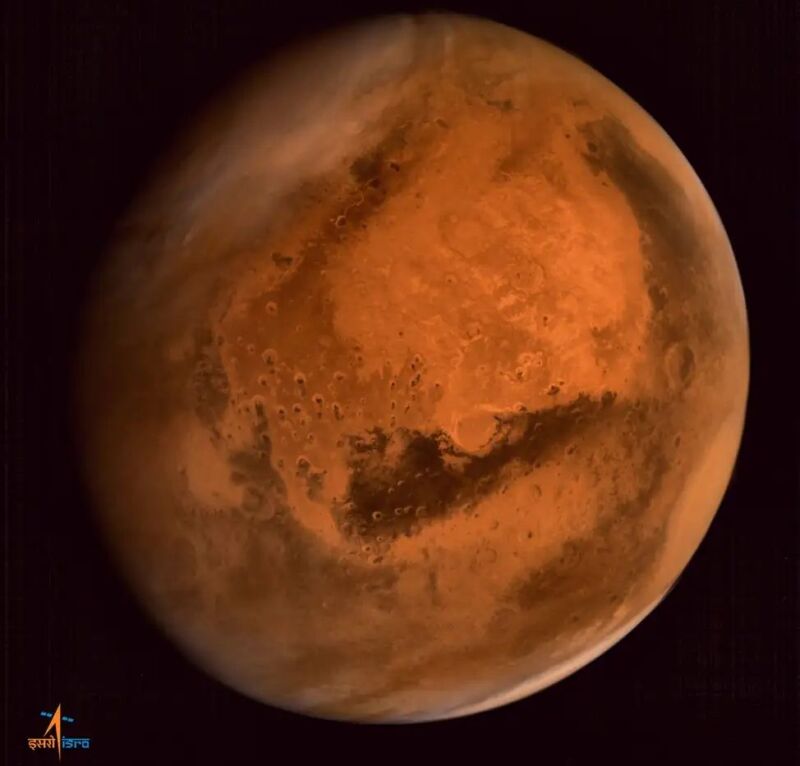Despite its modest overall achievements, India's Mars Orbiter Mission is one of the more notable successes of the modern spaceflight era. Launched in 2013, it was the first Mars mission built by an Asian country to reach orbit around the red planet—only the United States, Soviet Union, and European Space Agency had done so before.
And perhaps most importantly, India proved that a durable, capable Mars spacecraft could be developed on a shoestring budget. Instead of costing hundreds of millions of dollars, the Mars mission was developed for only about $25 million, through a process described by Indian officials as "frugal engineering."
But all good things come to an end, and this weekend the Indian space agency, ISRO, announced that the mission was "non-recoverable." The update came following a one-day meeting to discuss the spacecraft and whether it could be salvaged after communication was lost with the vehicle in April during a long eclipse when Mars moved between the orbiter and the Sun.
"During the national meet, ISRO deliberated that the propellant must have been exhausted, and therefore, the desired attitude pointing could not be achieved for sustained power generation," the space agency said in an update posted Monday. "It was declared that the spacecraft is non-recoverable, and attended its end-of-life. The mission will be ever-regarded as a remarkable technological and scientific feat in the history of planetary exploration."
The orbiter most definitely exceeded expectations. Originally designed for a lifetime of six months, it returned data back to Earth for nearly eight years.
Among its scientific contributions were regular images of the full disk of Mars, in color, due to the spacecraft's elliptical orbit. Most spacecraft in orbit around Mars spend their time relatively near the planet, looking straight down at the surface. The Mars Orbiter Mission also provided valuable data about the thin Martian atmosphere and observed dust storms. Indian officials said more than 7,200 users have registered to freely download data collected by the mission.
During the meeting, scientists and engineers discussed the challenge of surviving increasingly long eclipse periods of up to seven hours. Much of the spacecraft's onboard propellant had to be expended five years ago to reposition the vehicle to survive these eclipses and ensure enough sunlight was reaching its solar panels.
Following the success of the Mars Orbiter Mission, India committed more resources to lunar and Martian missions. The country is planning several missions to the lunar surface, with the eventual goal of returning samples. Another Mars orbiter is planned within the next few years, to be followed by a rover during the second half of the 2020s.



3175x175(CURRENT).thumb.jpg.b05acc060982b36f5891ba728e6d953c.jpg)


Recommended Comments
Join the conversation
You can post now and register later. If you have an account, sign in now to post with your account.
Note: Your post will require moderator approval before it will be visible.